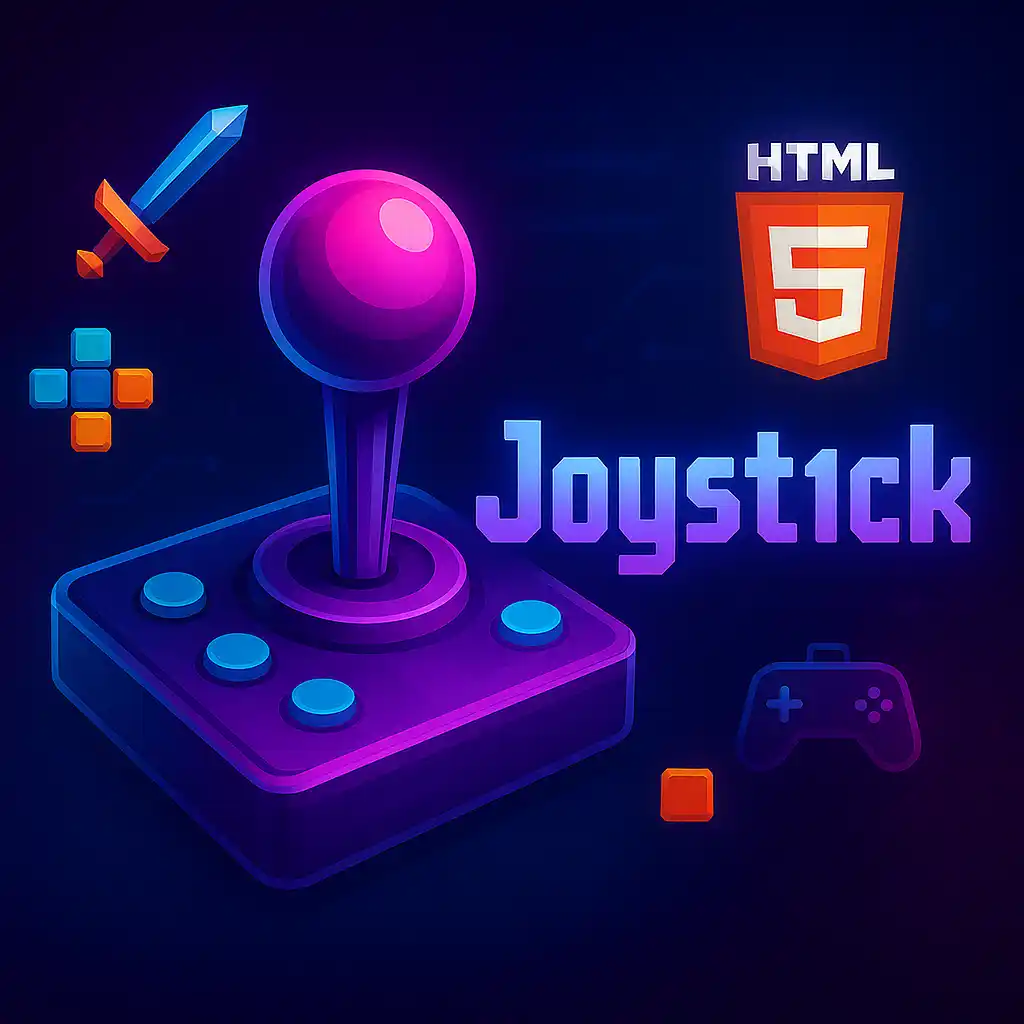Table of Contents
- Key Features for Engaging MMO Game Design in Unity
- 1. Player Dynamics and Social Interactions
- 2. Complex In-Game Economy
- 3. Immersive World Design
- 4. Scalable Server Architecture
- 5. Game Mechanics and Challenges
- 6. Analytics and Player Behavior Tracking
- 7. User Interface and Experience
- 8. Prevention of Player Burnout
Key Features for Engaging MMO Game Design in Unity
1. Player Dynamics and Social Interactions
To create an engaging MMO, you should heavily focus on social interactions and player dynamics. Implement features that encourage players to interact, such as guilds, friend systems, and cooperative quests. These features enhance the social connectivity of the game, which is crucial for player retention.
2. Complex In-Game Economy
An intricate in-game economy is essential. This includes systems for trading, crafting, and resource management. Utilize Unity’s scripting tools to develop a dynamic economy that reacts to player actions and market fluctuations, keeping the gameplay experience continuously fresh and challenging.
Play free games on Playgama.com
3. Immersive World Design
Use Unity’s graphics capabilities to create a visually compelling game world. Incorporate rich lore and diverse environments to foster an immersive experience. Unity’s Terrain and Lighting systems can be utilized to craft detailed and lifelike settings that draw players into the game world.
4. Scalable Server Architecture
Scalability is key in MMOs. Leverage Unity’s Networking API or integrate with services like Photon or PlayFab for scalable server solutions. Ensure that your architecture can handle large numbers of concurrent players without compromising performance.
5. Game Mechanics and Challenges
Design a variety of game mechanics that cater to different player types. Include both PvP and PvE elements to appeal to competitive and collaborative players alike. Utilize Unity’s Animation and Physics systems to ensure smooth and engaging combat interactions.
6. Analytics and Player Behavior Tracking
Integrate analytics to track player behavior and engagement metrics. Use tools like Unity Analytics or third-party solutions like GameAnalytics to collect data that can guide future updates and improve player satisfaction.
7. User Interface and Experience
An intuitive UI is vital for a good player experience. Utilize Unity’s UI Toolkit to design interfaces that are both functional and aesthetically pleasing, ensuring that players can focus on gameplay without unnecessary distractions.
8. Prevention of Player Burnout
Include features to moderate game sessions and encourage healthy gameplay patterns. Consider implementing systems that reward players for taking breaks or limit playtime to prevent burnout and maintain long-term engagement.
